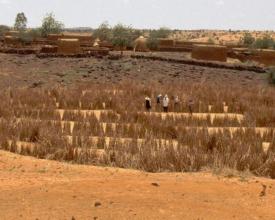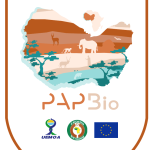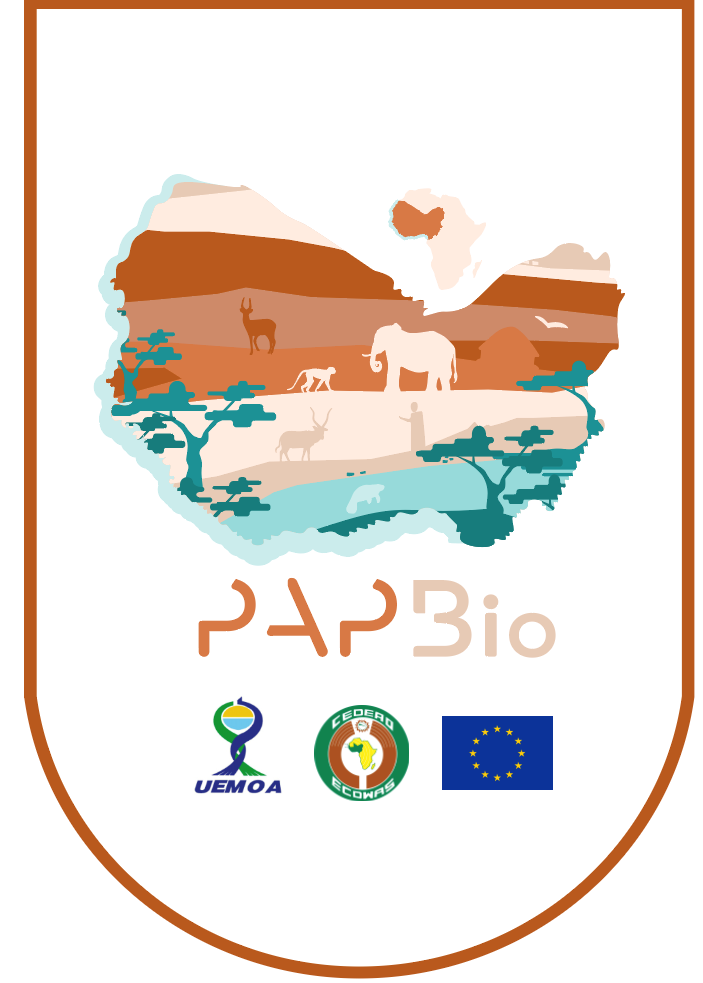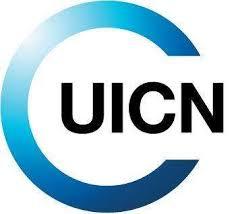
Program to combat silting in the Niger basin
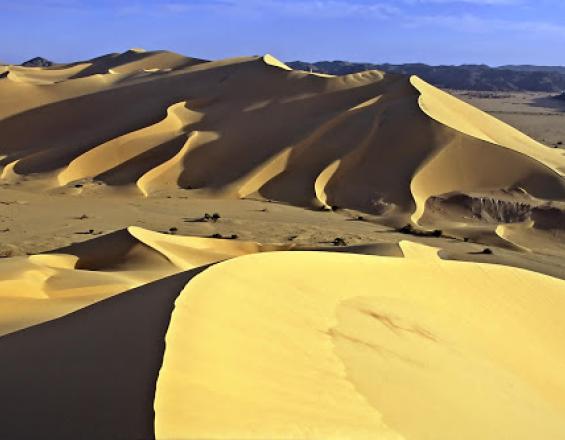
Dune fixation was achieved using a combination of mechanical and biological methods.
The mechanical method consisted in erecting palisades of plant material (stems, grasses, branches, etc.) in tight grids and stop strips. The biological method involved planting vegetation in the quadrats.
Simplified management plans have also been drawn up to organize more consensual management of these sites, which are often communal.
Impacts
The two methods mentioned above and the mobilization of the local population made it possible to fix a total area of 15.921 Ha of dunes, thereby increasing fodder, enriching grazing and protecting agricultural land along the river.
We have learned from this experience that the participatory approach plays a key role in the sustainability and capitalization of the experiences of the various stakeholders involved in project implementation.
The increased empowerment of local populations has led to a change in behavior in the management of natural resources and to autonomous initiatives to protect sites.




